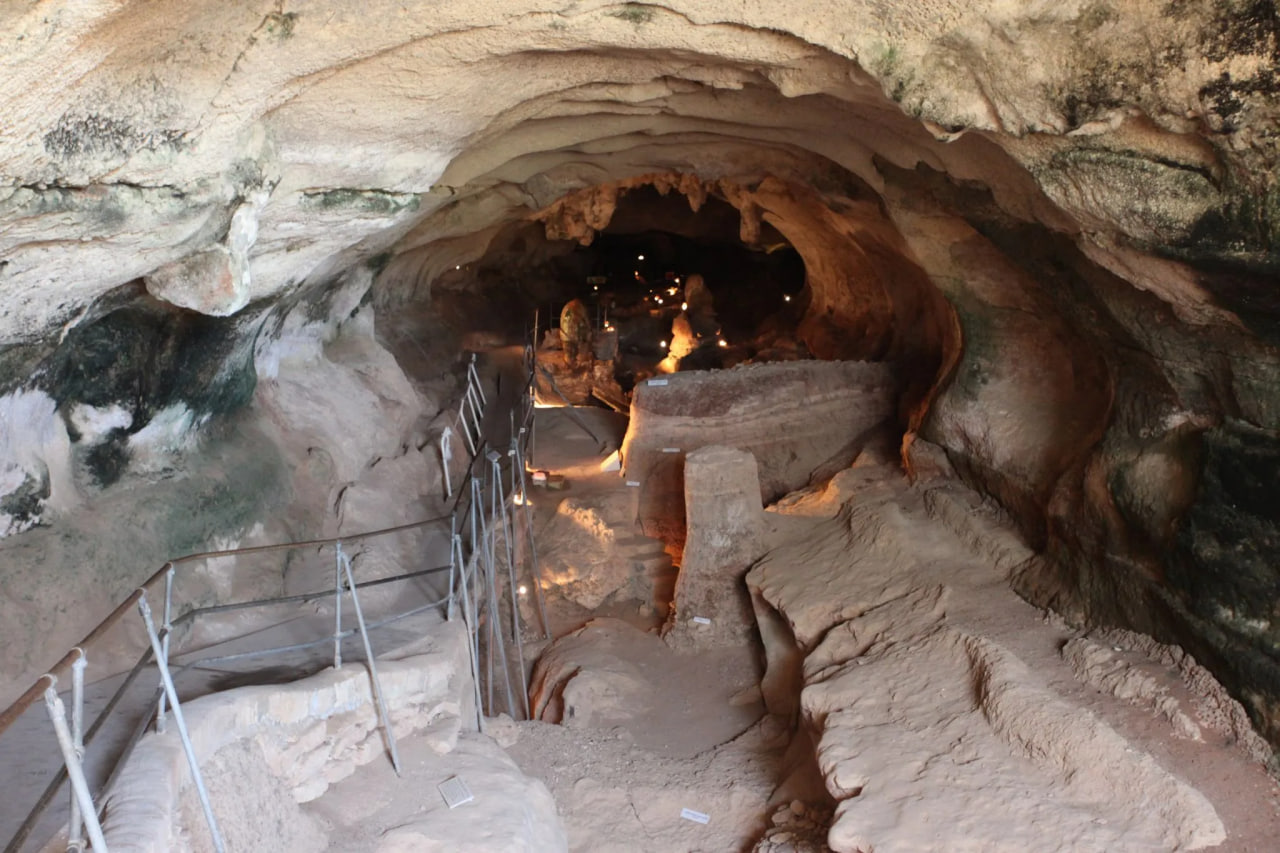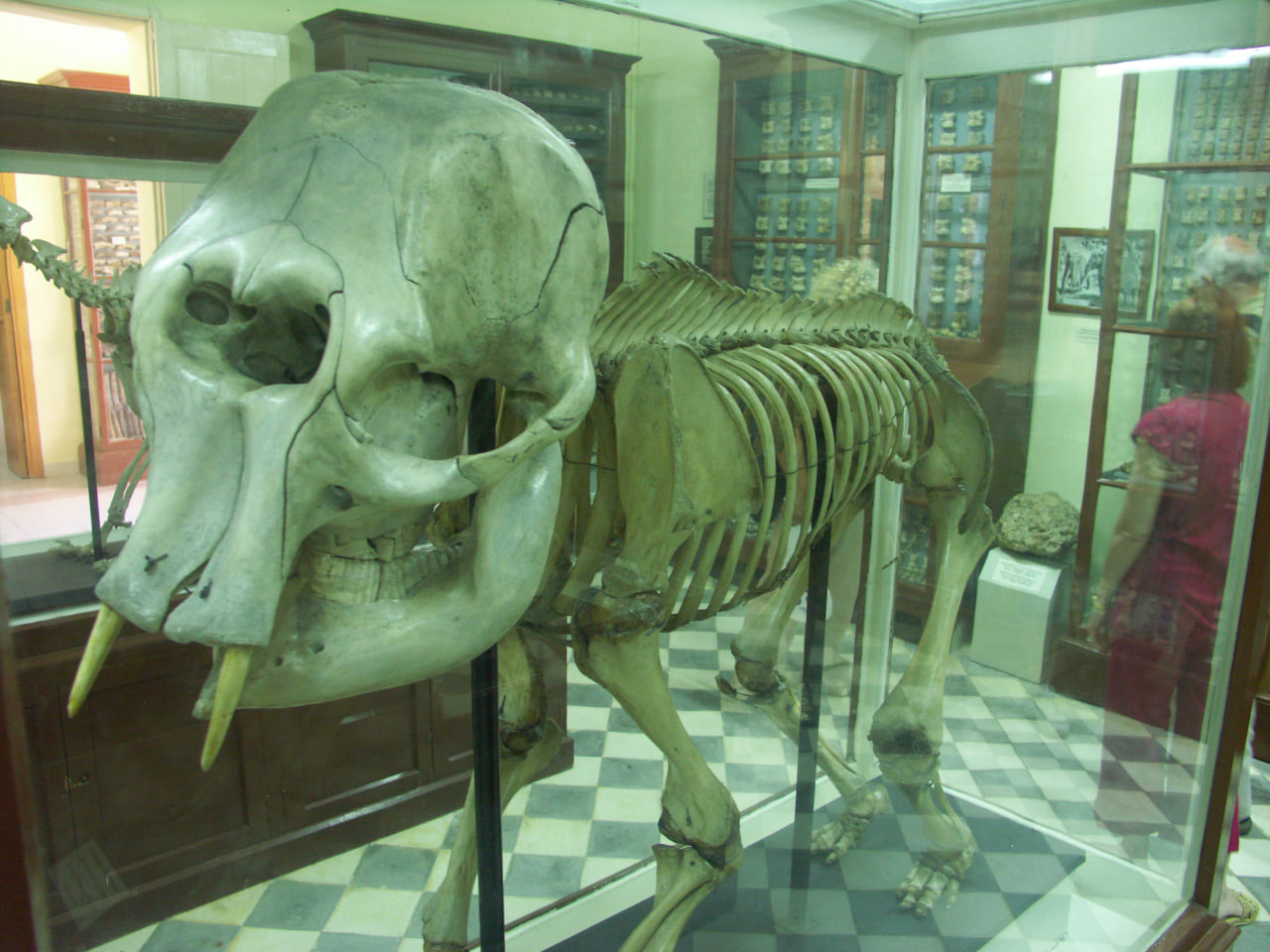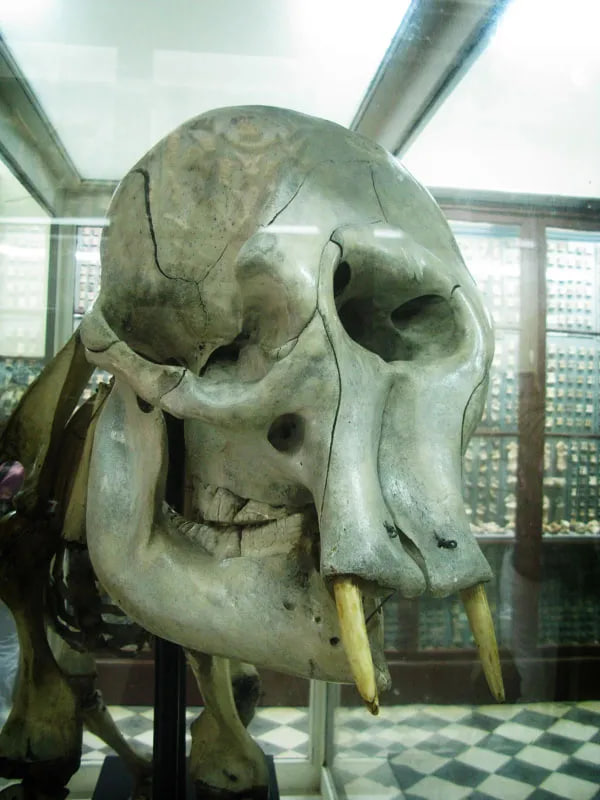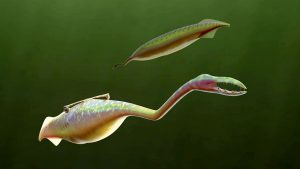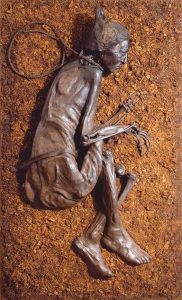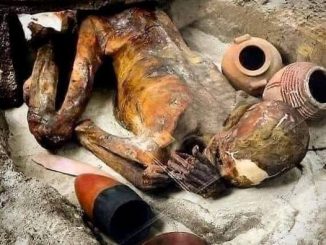Għar Dalam (pronounced ar dàlam in Maltese and meaning “Cave of Darkness”) is a prehistorical cul de sac located in the outskirts of Birżebbuġa, Malta containing the bone remains of animals that were stranded and subsequently became extinct in Malta at the end of the Ice age. It has lent its name to the Għar Dalam phase in Maltese prehistory.
Dwarf elephant, hippopotamus, deer and bear bone deposits found there are of different ages; the hippopotamuses became extinct about 180,000 years ago, whilst the deer species became extinct much later, about 18,000 years ago. It is also here that the earliest evidence of human settlement on Malta, some 7,400 years ago, was discovered.
